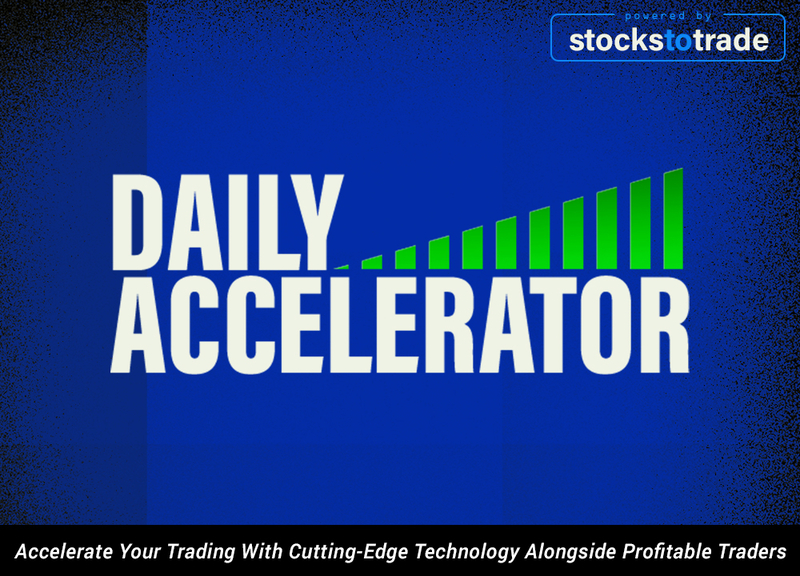Risk management is key to preventing account blow ups.
Some might argue it’s the only thing that matters when planning trades…
So what level can you use as a risk?
And is there a special formula or strategy you can apply to every trade?
I’ll answer those questions today…
There are a few key chart levels you can choose to use as a risk level…
And there’s one formula I like to use when making a trade plan. I’ll share them all below…
What’s Your Risk Level?
A key component of any trading plan includes a risk level.
But it’s not as simple as using the last low on the chart…
No two trades are created equal … You have to adapt your risk management strategy to every trade.
I’ll share how you can do that later…
But first, here are a few examples of key chart levels that can be used as risk and when you can use them.
Key Support Levels On The Chart
The support level from a long period of consolidation can work as a risk level in some trades. And the longer the support level holds, the more important it can be…
If a stock is holding the same level through hours of premarket trading, I want to see it hold that level when the market opens too.
Other key levels on the chart that traders can use are:
- The previous day’s close (when a stock is gapping up).
- The low of the day (if you’re buying a dip at the open).
- Oracle support levels (as a stock moves higher, breaking through resistance).
- The opening price (if you’re buying a spike at the open).
Those are just a few examples of risk levels and when to use them — always choose a risk that’s right for you and your particular trade.
Also, remember that having the right risk management strategies ties in with using the correct position size. Get my four tips for position size here.
VWAP
VWAP is an indicator that a lot of traders use to indicate whether a stock is bullish or bearish.
Traders generally think that if a stock is above VWAP, it’s bullish. And if it’s below VWAP it’s bearish.
So if a stock breaks below VWAP and a lot of traders believe it’s a sign that momentum is shifting…
Then the stock will likely go lower because it can become a self-fulfilling prophecy.
So the VWAP indicator — or another indicator like a moving average — can be used as a risk level too.
Just understand that when important support levels break there can be a ton of selling and you might not get executed at the price you want.
Regardless of which level you decide to use as risk, you also have to consider your risk-to-reward ratio…
Three-to-One Risk to Reward
I like to aim for at least three-to-one risk to reward when I plan my trades.
That means if I’m risking 10 cents per share, I want there to be the potential to make at least 30 cents on the upside.
That’s one way you can keep losses smaller than your wins.
But if a stock is extremely volatile, it can drop quickly and you might not get out where you expect. That can result in bigger losses than you anticipated.
So here’s how you can adapt your risk strategy based on each trade…
Consider the level you’ll use as your risk, then calculate what your position size should be based on your max loss per trade.
And look at the past range the stock has and its volatility.
If a stock doesn’t have a lot of range (say it moves an average of 30 cents per day), you might end up risking more on the downside than there is potential upside.
And if a stock is highly volatile, you might get a big upside move, but you can also get a large downside move.
So again, consider the position size you should take in your trade and whether you should narrow or widen your risk.
This is why taking the time to analyze each stock and trade plan individually is crucial.
And risk management should be one of the first and most important things you consider before entering a trade.
Get more of my tips to help you build a risk management strategy here.
And if you need help finding stocks to trade and making plans — see how you can get mentored by me here.
I’d love to help!
Have a great day everyone. See you back here tomorrow.
Tim Bohen
Lead Trainer, StocksToTrade
